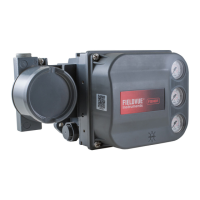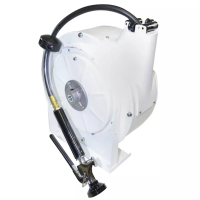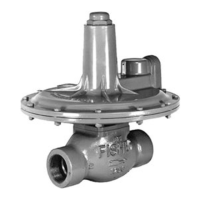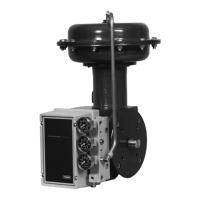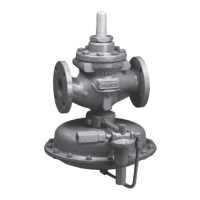Instruction Manual
D103557X012
Device Information, Diagnostics, and Alerts
April 2016
55
Solenoid Valve Health Monitoring
The following steps assume the use of a single‐acting actuator with a solenoid valve installed. The DVC6200 SIS digital
valve controller, with single‐acting, direct relay C, must be powered separately from the solenoid. The unused output
of the DVC6200 SIS must be connected between the solenoid and the actuator as described in the Installation section.
The relay configuration selection must be “special application” and ValveLink software must have the triggered profile
enabled.
1. When allowed by the Logic Solver, momentarily remove and then restore power to the solenoid (typically 100 to
200 milliseconds). This process should occur quickly enough that the valve assembly does not move when the
solenoid is de‐energized.
2. With ValveLink software, upload the diagnostic data from the triggered profile menu.
3. Examine the graph and observe that there was a change in the pressure reading downstream of the solenoid.
Variables
Field Communicator Service Tools > Variables (3-4)
The Variables section provides current values of the instrument variables. Below is a list of the variables available for
viewing:
D Write Protection (also provides a procedure to enable/disable)
D Instrument Mode (also provides a procedure to place in/out of service)
D Analog Input
D Setpoint
D Travel
D Drive Signal
D Input Characterization (also provides a procedure to modify)
D Cycle Counter
D Travel Accumulator
D Supply Pressure
D Actuator Pressure(s)
D Instrument Temperature
D Travel Counts (this is the raw travel sensor reading used for advanced adjustments)
D Maximum Recorded Temperature
D Minimum Recorded Temperature
D Number of Power Ups
D Days Powered Up

